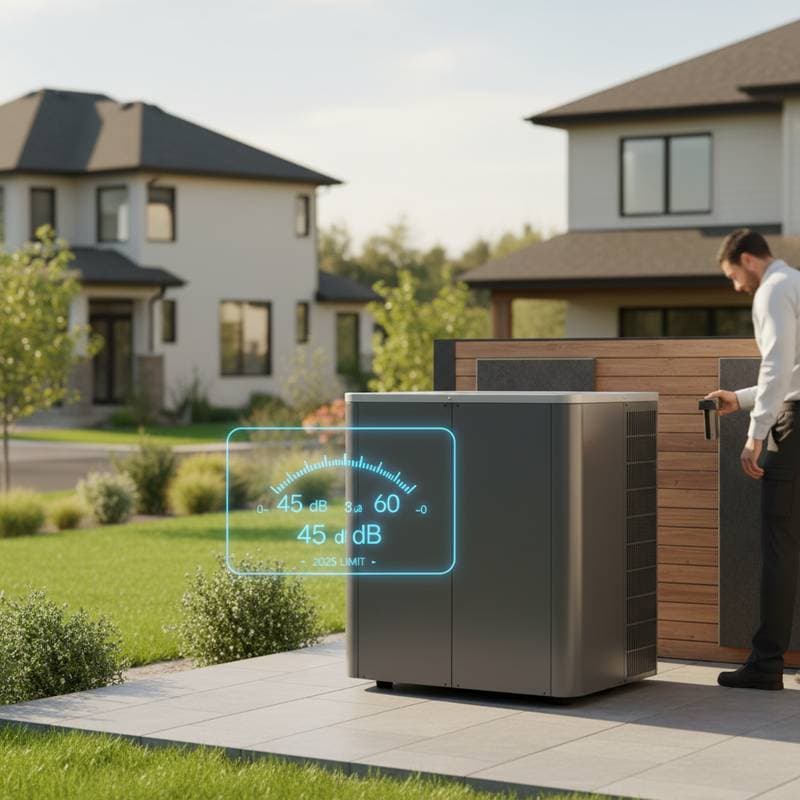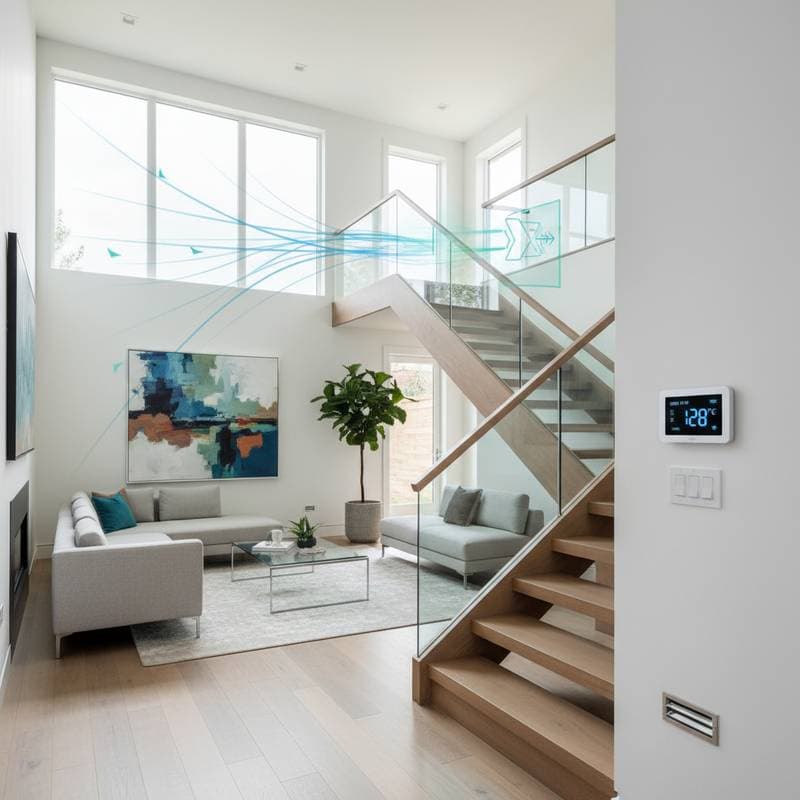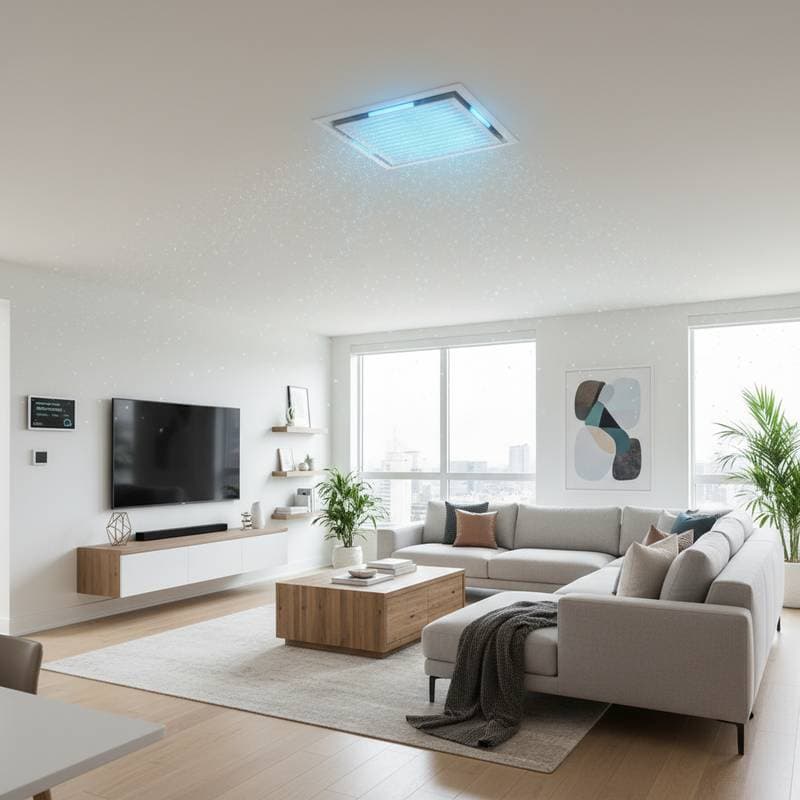Heat Pump Water Heaters: Achieve 75% Savings in 2025
Heat pump water heaters provide a reliable method to lower water heating expenses while enhancing overall energy efficiency. These units achieve savings of up to 75% relative to conventional electric models by extracting heat from ambient air and transferring it to the water supply, rather than producing heat through direct electrical resistance. This guide details the operational principles, pricing structures, efficiency advantages, and installation considerations to support informed decisions for residential upgrades.
| Item | Average Cost |
|---|---|
| National Average Cost | $2,000 - $3,500 |
| Typical Price Range | $1,800 - $4,000 |
| High-End Systems | $4,500+ |
| Budget Models | $1,500 - $1,800 |
| Estimated Annual Savings | Up to 75% on water heating costs |
Factors Influencing Heat Pump Water Heater Pricing
Multiple elements determine the total expense of acquiring and installing a heat pump water heater. A clear understanding of these components enables precise budgeting and selection of suitable options.
Capacity and Tank Size
Available capacities for heat pump water heaters span from 40 to 80 gallons, accommodating varying household sizes. Larger tanks suit families with higher hot water requirements, ensuring ample supply during peak usage periods. Although initial costs increase with size, these units minimize the risk of shortages and support consistent performance.
Efficiency Metrics
Efficiency is quantified by the Uniform Energy Factor (UEF), which indicates the proportion of energy converted into hot water. Units with elevated UEF values demand a modest premium but yield significant reductions in electricity consumption over time. Prioritize models certified under ENERGY STAR standards for verified performance gains.
Brand Reputation and Construction Standards
Premium brands incorporate extended warranties, often reaching 10 years, alongside features like corrosion-resistant coatings and app-based monitoring for real-time diagnostics. Lower-cost alternatives may compromise on durability or advanced functionalities, potentially leading to higher replacement frequencies. Evaluate long-term value by reviewing independent testing data and user feedback.
Installation Demands
Complex setups, such as those in confined areas requiring ventilation modifications or electrical enhancements, elevate labor expenses. Basements typically facilitate straightforward installations, whereas attics or crawl spaces introduce additional challenges and costs. Consult local codes to anticipate any structural adjustments.
Regional Climate Considerations
Performance hinges on surrounding air temperatures, as these systems draw heat from the environment. Optimal operation occurs in areas maintaining temperatures above 40 degrees Fahrenheit; colder settings benefit from hybrid configurations that alternate to resistance heating. Assess your home's ambient conditions to select a model that maintains reliability year-round.
Indicators for Water Heater Replacement
Several symptoms signal the need to replace an aging water heater with a heat pump alternative:
- The unit exceeds 10 years of service
- Hot water delivery becomes erratic
- Heating times extend noticeably
- Utility statements show rising trends
- Abnormal sounds emanate from the tank or lines
- Leaks or corrosion appear at the base
Transitioning to a heat pump system addresses these concerns while substantially decreasing energy demands.
Steps in Heat Pump Water Heater Installation
Familiarity with the installation sequence aids in project coordination and expectation management.
-
Initial Evaluation and Sizing: A qualified technician assesses hot water usage patterns, spatial constraints, and electrical capacity. Recommendations include an appropriately sized unit and necessary ventilation provisions.
-
Removal of Existing Equipment: The professional disconnects the old heater, extracts it securely, and handles disposal in compliance with regulations.
-
Preparation of Installation Site: Ensure the space is unobstructed, stable, and ventilated adequately. Inspect and upgrade plumbing and electrical connections as required.
-
Placement and Connection of New Unit: Position the heater, integrate it with water lines, and connect to the electrical supply.
-
System Setup and Verification: Fill the tank, test for leaks, and calibrate operational modes. Confirm seamless mode transitions and steady hot water output.
-
Completion and Orientation: Perform site cleanup, then provide guidance on usage, upkeep routines, and warranty terms.
Associated Labor Expenses
Installation labor for heat pump water heaters generally falls between $800 and $1,500. This covers demolition, connections, potential upgrades, and final checks.
Additional requirements, such as dedicated circuits or repositioning, may increment fees. Engage certified HVAC or plumbing specialists to guarantee compliance, safety, and warranty validity.
Common Questions on Heat Pump Water Heaters
In What Manner Do Heat Pump Water Heaters Conserve Energy?
These devices transfer ambient heat to the water reservoir, bypassing the energy-intensive process of electrical generation. This mechanism substantially lowers consumption, enabling reductions in water heating expenses by up to 75%.
Is Operation Feasible in Colder Environments?
Performance optimizes in areas above 40 degrees Fahrenheit. For chillier zones, opt for hybrid variants that incorporate electric backup for uninterrupted service.
What Is the Expected Service Life?
Units typically endure 10 to 15 years under routine care. Implement filter maintenance and yearly professional reviews to prolong functionality.
Do These Systems Generate Significant Noise?
Contemporary designs emit minimal sound, akin to a refrigerator's hum. Split configurations further reduce indoor noise by externalizing the compressor.
What Maintenance Is Required?
Routine tasks involve filter cleaning every few months and annual expert inspections. Maintain clear airflow and dust-free conditions to sustain peak efficiency.
Is Self-Installation Advisable?
Professional involvement is essential due to electrical, plumbing, and calibration complexities. Certified installation safeguards safety and operational integrity.
When Do Savings Become Evident?
Bill reductions appear promptly post-installation. The upfront costs often recoup within a few years, influenced by usage volume and local rates.
Strategies to Optimize Energy Efficiency
Position the heat pump water heater in a ventilated zone and adhere to maintenance schedules to amplify benefits. Leverage scheduling capabilities to align heating with lower-rate periods.
For households facing equipment obsolescence, a heat pump upgrade promises reliable hot water alongside fiscal and environmental gains. Solicit estimates from vetted contractors to secure competitive pricing and proficient execution. This investment facilitates rapid returns and sustained advantages through 2025 and beyond.





